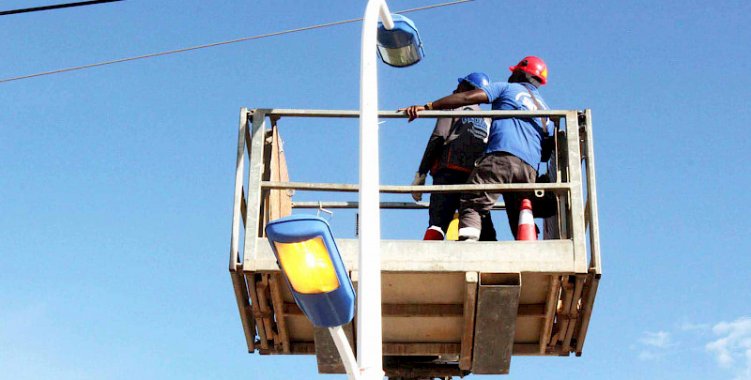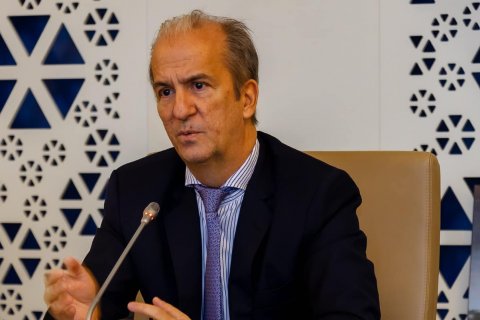According to the Secretary of State for Energy, Arlindo Bota, in this period (2015-2023), energy production from hydro sources increased from 39 percent to around 60 percent and generation from thermal sources decreased by 61 percent to 36 percent.
With the drop in energy production from thermal sources, Angola also reduced the annual consumption of diesel in thermoelectric plants, from 1.36 billion liters in 2015 to around 560 million liters consumed in 2023, a decrease of almost 60 percent in eight years.
The government official, who was speaking at the opening of the 14th Water, Energy and Environment Forum, also made it known that Angola currently has an electrification rate of 43 percent and that ten of the 18 provinces are connected to the national energy transmission network.
"We have a 'surplus' [surplus] of energy production, and the sector's priority is to interconnect the other provinces, with this objective contributing to increasing the electrification rate up to 50 percent by 2027," he said.
At this meeting, promoted by the Organization of Young Entrepreneurs of the European Union (JEUNE), in partnership with the Luanda-Bengo Special Economic Zone (ZEE), Arlindo Bota signaled that the aforementioned development in the country's electricity matrix is the result of important investments.
He highlighted the completion of the Laúca Hydroelectric Power Plant, which has a production capacity of 2070 megawatts, and the construction of the Caculo-Cabaça Hydroelectric Power Plant, which should reach production of 9000 megawatts, as relevant investments in the sector.
As an expression of concern for the preservation of the environment, he added, the executive, through the Ministry of Energy and Water, has continued the sustainable diversification actions of its energy matrix, having completed, in 2022, the photovoltaic plants of Biópio and Farta Bay.
In relation to the water sector, the person in charge spoke of structural projects that "mitigate" the consequences of the cyclical drought, especially in the southern region of the country.
In addition to actions to combat the effects of the drought, the executive "has in its portfolio projects that contribute to improving the reliability of the supply of drinking water, currently having all provincial capitals and municipalities covered by the public network", he concluded.
The executive director of ZEE Luanda-Bengo, Carla Silvestre, said, in her speech, that the challenges of the water, energy and environment sector are significant and complex, especially due to the preponderant role that this sector plays in the economic and social development of Angola.
The needs of the population "are pressing" and grow with the number of inhabitants and "certainly a lot still needs to be done", she noted, recognizing, however, that Angola, like many countries around the world, faces complex challenges in terms of concerns water, energy and the environment.







